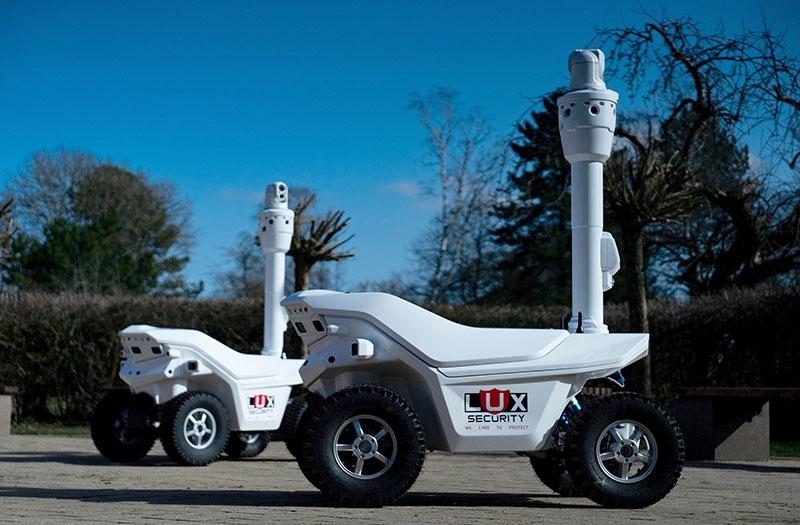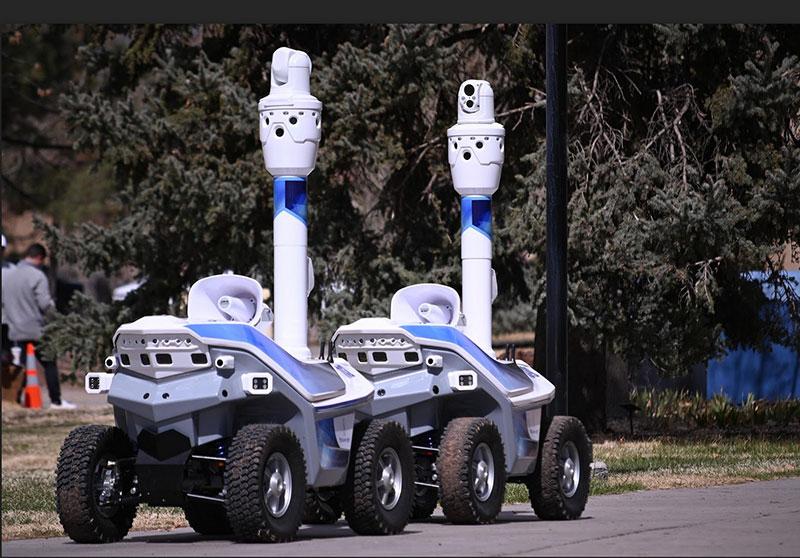Video Surveillance Tech Offers a Wealth of Capabilities

This is an era in which virtually every guest is carrying a camera capable of capturing high-definition photos and videos and instantly sharing those images. Likewise, attractions can take advantage of today’s upgraded technology to equip their facilities with advanced video surveillance—not only for the safety and security of guests and employees, but also to gain valuable insights on visitor behavior.
“The need for video surveillance inside [attractions] has expanded from general coverage in traditional areas, such as retail and merchant spaces, restaurants, and cash booths to perimeter protection and hazardous zones,” says Gary Bibeau, director of sales for Optiview, a provider of security and surveillance systems in Jacksonville, Florida. “Attractions need to protect themselves.”
Bibeau says the capabilities of video surveillance systems have improved dramatically in recent years and have made it possible to monitor every square foot of an attraction, allowing security personnel to tap into views from a single camera or hundreds of cameras at any given time. Even the cameras themselves act as a deterrent to transgressors.
The possible functions of these modern systems are extensive, including perimeter protection, facial recognition, pairing face databases with access control for employees, counting guests, tracking vehicles and crowd density, and identifying known “bad actors.”
One of the more intriguing capabilities is video analytics of cameras equipped with a heat map feature, which allows an attraction to see where guests are spending their time in retail stores or anywhere else.
“When running reports, a viewed area is overlayed with a heat map,” Bibeau explains. “By reviewing these reports, the attraction is able to identify high foot-traffic areas, such as specific merchandise end caps and preferred food vendors or food types.” The attraction can test any changes it makes to see how they affect traffic flows and learn about guest behavior.
Getting Started
Bibeau says that initially, an attraction has to determine whether it will utilize a coax-based system, Internet Protocol (IP) cameras, or both. This is partially determined by whether the attraction already has a coax-based infrastructure.
“We have many older parks that had preexisting analog-based security systems, so it made sense for them to upgrade their systems to HD over coax, which could reuse that cable infrastructure and cut down on installation and upgrade costs,” he says. “For a new installation, we’d recommend using IP, as IP cameras are the future of the industry and allow for video recordings exceeding 4K, have built in analytics, and many models offer onboard storage.”
Regarding the costs of video surveillance systems, today’s HD-over-coax cameras with 5-megapixel (MP) resolution are about the same price as the most common plug-and-play analog cameras were 20 years ago. In turn, today’s 4MP plug-and-play IP camera is less expensive than what a basic IP camera would have been two decades ago. But now, attractions demand much more than simple plug-and-play surveillance cameras, but the extensive capabilities can mean a higher price.
Bibeau says the biggest marketplace development Optiview’s seeing is analytics advancement of IP and coax systems in both the cameras and the recording units. “It’s pretty incredible to see the changes that have taken place in just the last few years,” he says. “The biggest have to do with being able to filter the video playback, the integration of camera surveillance with vehicle and people databases, and the ‘if this, then that’ approach that’s happening in active deterrence and IP camera technology.”

Active Robotic Surveillance
One of the most exciting high-tech domains in video surveillance involves mobile, camera-equipped robotic units. These advanced devices can be used at any time of day or night on almost any terrain and in harsh weather conditions.
SMP Robotics Systems Corp. in Sausalito, California, is a provider of these robots, offering a cutting-edge system called Argus—a fully-autonomous video surveillance system controlled by artificial intelligence (AI). The unit can independently patrol a facility at night and alert the security department if an intruder is detected. During the day, the robot utilizes six high-sensitivity cameras, and at night, a PTZ (pan, tilt, zoom) thermal camera is used.
Leo Ryzhenko, CEO of SMP Robotics Systems Corp., explains: “As soon as the robot detects an intruder, it immediately notifies the command center and nearby guards. In addition, each robot is equipped with a powerful acoustic system. When an intruder is detected, the robot can launch a prerecorded message—very loudly. As a rule, the intruder understands he’s been detected and tries to disappear as quickly as possible. The robot can track a person of interest from a distance.”
Ryzhenko also says that the robot’s AI learns to recognize uniforms of security personnel and does not sound the alarm when it encounters them. It can even recognize them by their voices and via a third method that’s now being patented.
These robots can work several hours between charges, and recharging is fully automatic. All of their daily maintenance work can be performed by the user, monthly inspections and minor repair work are performed by the distributor’s field service technician, and once a year, the robot needs to be delivered to the distributor for large-scale diagnostics and maintenance.
Ryzhenko says when a robot is delivered to a facility, SMP Robotics needs to determine the robot patrol routes, locations for automatic charging, and patrol schedules. From there, the robots can work together in teams of up to 30 robots, interacting with one another, exchanging information about intruders, and even coordinating charging times.
